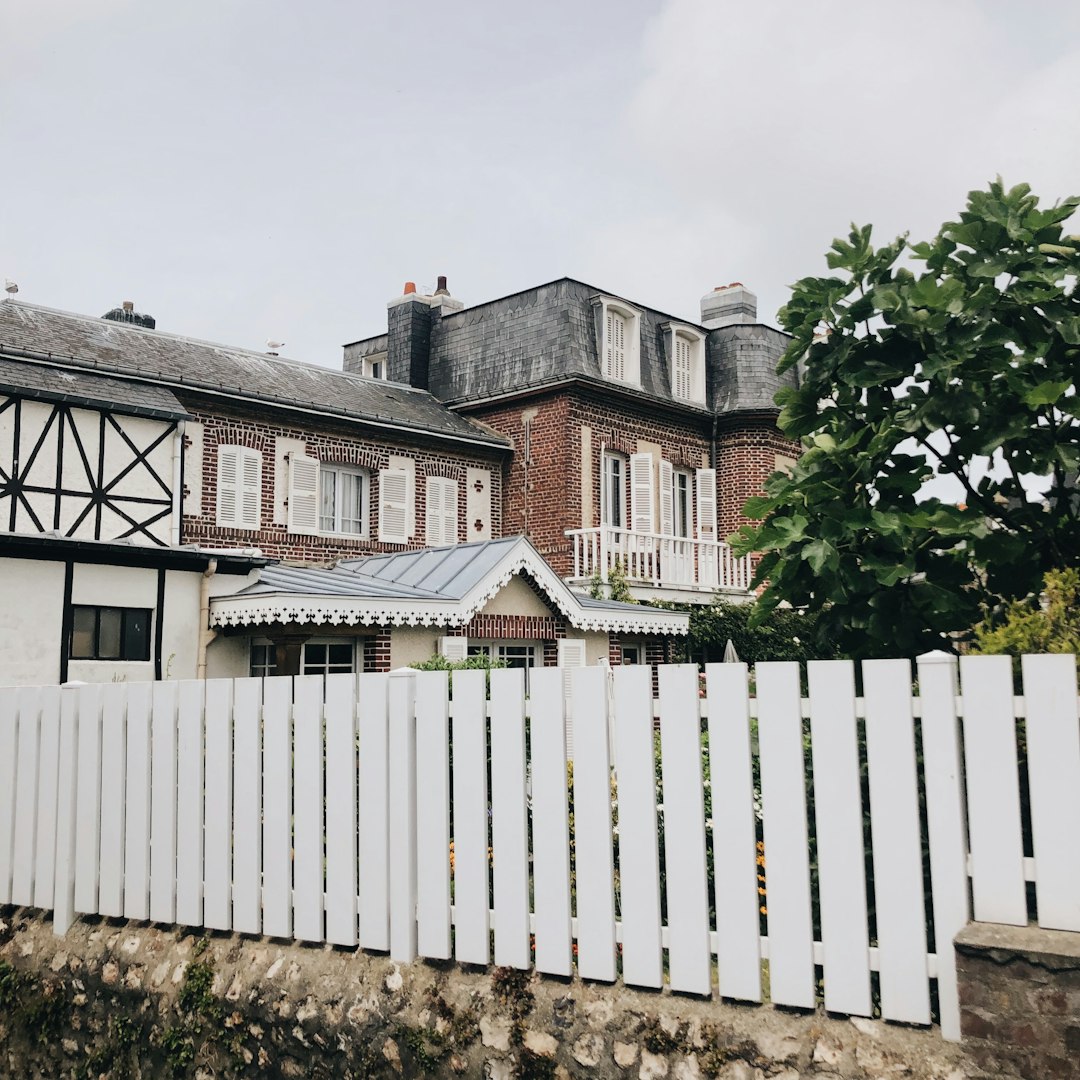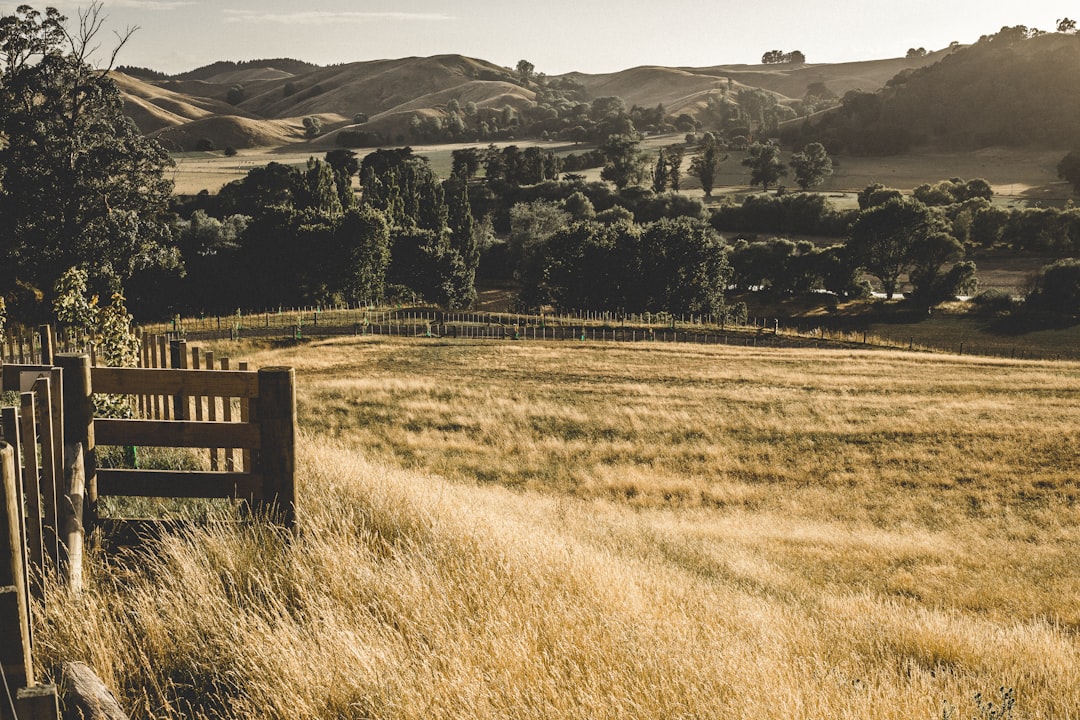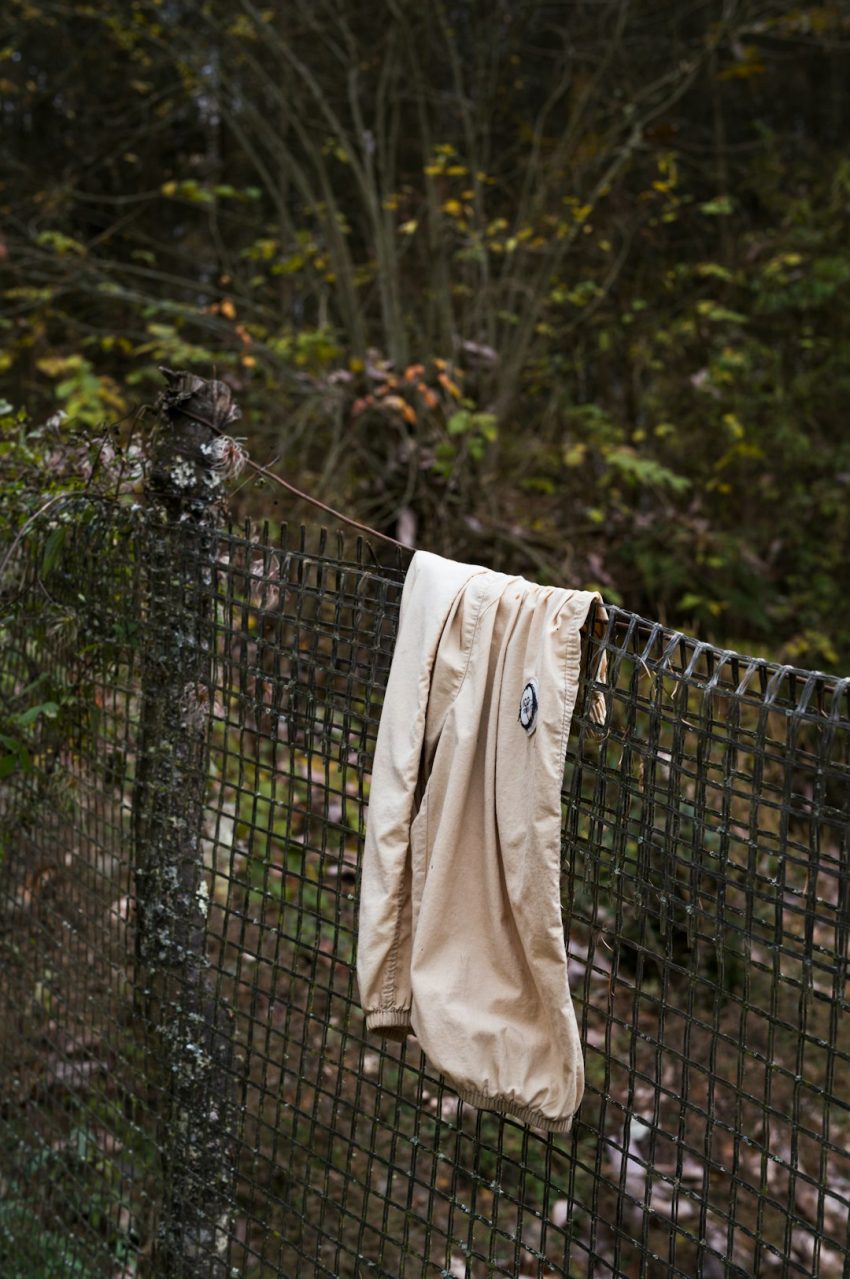Selecting the right anchor type is crucial for effective and secure fence post installation. Concrete anchors offer durable support for heavy fences, while mechanical anchors are ideal for temporary setups. Soil conditions and desired post heights should guide your choice, ensuring long-term stability. Consulting a Fence Company expert can help determine the best solution. Regular maintenance, including inspections and reinforcement, is vital to extend the fence's lifespan, prevent issues, and avoid costly repairs.
When it comes to ensuring your fence stays sturdy and secure, proper anchor installation is crucial. This guide, tailored by a leading fence company, delves into the essentials of fence post anchoring, outlining various anchor types for different landscapes and climates. We explore best practices for installation, emphasizing techniques that guarantee stability. Furthermore, maintenance tips are provided to ensure your fence’s longevity, saving you time and money in the long run.
- Understanding Fence Post Anchor Types
- Best Practices for Proper Installation
- Maintenance Tips to Ensure Longevity
Understanding Fence Post Anchor Types

When it comes to ensuring fence posts are properly anchored for stability, understanding different anchor types is key. Fence companies often recommend specific anchors based on soil conditions and desired post heights. Some common types include concrete anchors, which offer robust support for tall or heavy fences, and mechanical anchors, ideal for lighter installations and easier adjustments.
Each anchor type has unique advantages and considerations. For instance, concrete anchors require digging and mixing, but they provide long-lasting stability due to their solid foundation in the earth. Mechanical anchors, on the other hand, are quicker to install and allow for more flexibility in relocation, making them popular choices for temporary or aesthetic fence installations. Choosing the right anchor type is crucial for maintaining a sturdy and safe fence system, so consult with a reputable fence company to find the best solution for your needs.
Best Practices for Proper Installation

When installing fence posts, following best practices ensures stability and longevity. Begin by assessing the soil conditions; a sturdy base is crucial for post anchorage. Loamy or slightly sandy soils provide ideal support as they offer a good balance of flexibility and drainage. For more solid ground, consider using concrete to create a robust foundation. Digging deep enough holes is essential; posts should be set at least a third deeper than their height, allowing for strength against shifting winds.
A Fence Company expert recommends using high-quality materials like pressure-treated wood or galvanized steel for added durability. Proper spacing between posts is another critical factor. Typically, posts should be placed 6 to 8 feet apart to maintain structural integrity while also facilitating easy maintenance and accessibility. Regular inspections are recommended to ensure no loose connections or signs of shifting over time.
Maintenance Tips to Ensure Longevity

Regular maintenance is key to extending the lifespan of your fence and keeping it sturdy. One of the most important aspects is checking and reinforcing the anchor system, especially for older fences. Over time, the soil around fence posts can compact, leading to loose connections. A Fence Company expert recommends inspecting posts at least once a year and ensuring they are firmly planted in place.
Simple steps include tightening any loose hardware, adding fresh concrete around the base of wooden posts to secure them, and replacing any rotten or damaged sections promptly. Regular maintenance not only improves stability but also prevents costly repairs down the line, keeping your fence looking its best for years to come.
When it comes to fence installations, a solid foundation is key. By understanding different anchor types and following best practices during installation, you ensure your fence posts remain sturdy for years to come. Regular maintenance, as recommended by experts at top-rated fence companies, further reinforces their stability, providing both structural integrity and aesthetic appeal. Investing time in these steps will result in a robust and long-lasting fence that enhances any property.
